PROGRESS 2021 – UHS Chenango Memorial Hospital: Investing in the future of health care while navigating a pandemic
Registered Nurse B.J. Tomsic administers Chenango County’s very first vaccine, a dose from Moderna, at UHS Chenango Memorial Hospital on Tuesday, December 22. UHS has served a critical role during the pandemic, answering the public’s questions, testing and treating COVID patients and helping to provide vaccines.
NORWICH – A year ago, the world waited with bated breath as news reports of a deadly new virus began filtering out of Asia. It was a story that could have been ripped from the plot of a blockbuster movie or bestselling thriller, playing out in real life.
It didn’t take long for the novel coronavirus to trigger use of the word “pandemic.” Medical professionals across the globe, including here in Chenango County, raced to prepare for the worst case scenario as the threat grew.
“We had no way of knowing when it would arrive at our doorstep, but we knew it would,” said David Finney, Vice President of Clinical Services at UHS Chenango Memorial Hospital.
Weeks before the first lab-confirmed case was reported in Chenango, the Norwich hospital and its peers around the state were already feeling the early warning signs through their supply chain.
“Personal protective equipment, such as masks and exam gloves, as well as cleaning supplies became increasingly hard to procure,” Finney said.
At the same time, health care workers and community members alike were seeing images of overcrowded intensive care wards in European hospitals and the weary medical teams fighting the virus on the front lines in major U.S. cities.
There were many unknowns, but that didn’t stop the rural hospital from doing everything it could to ready itself and its staff.

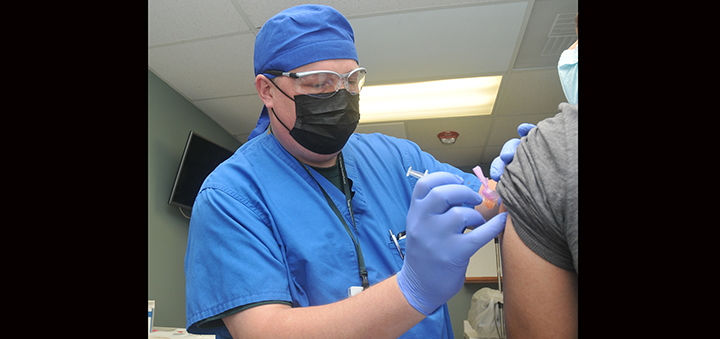

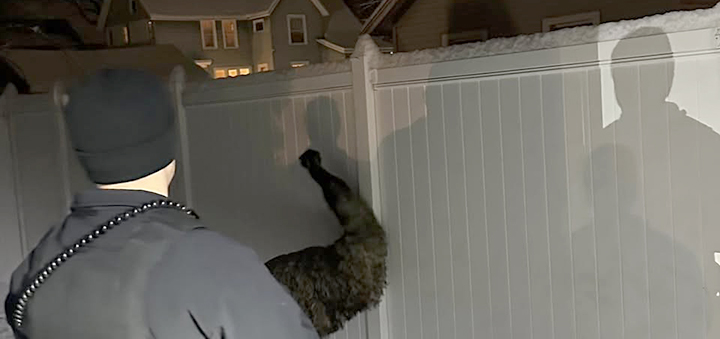
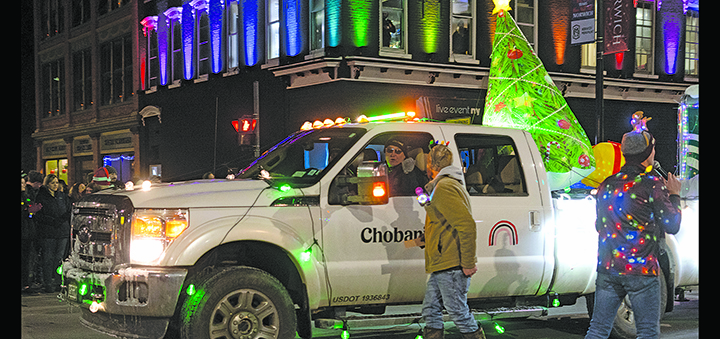
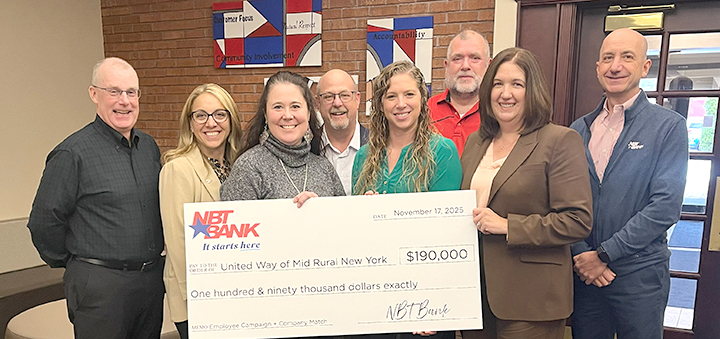
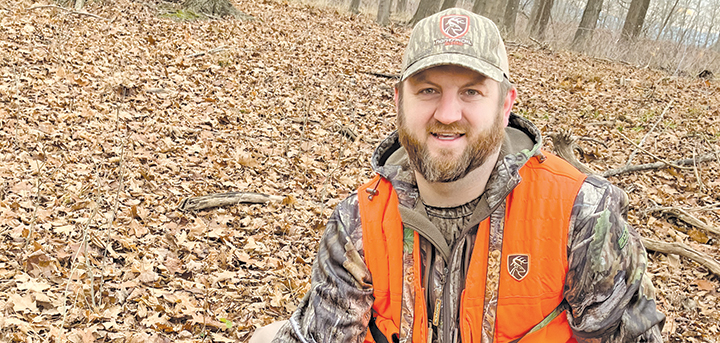
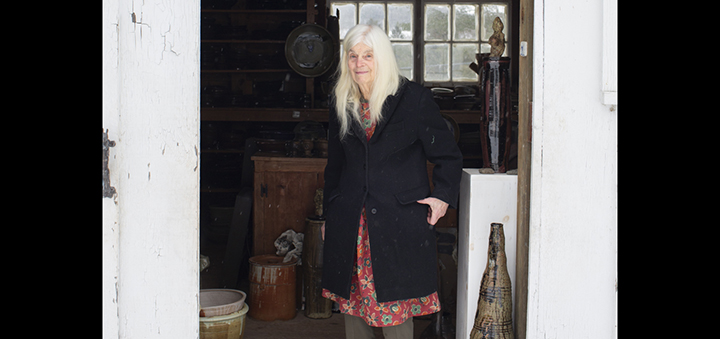
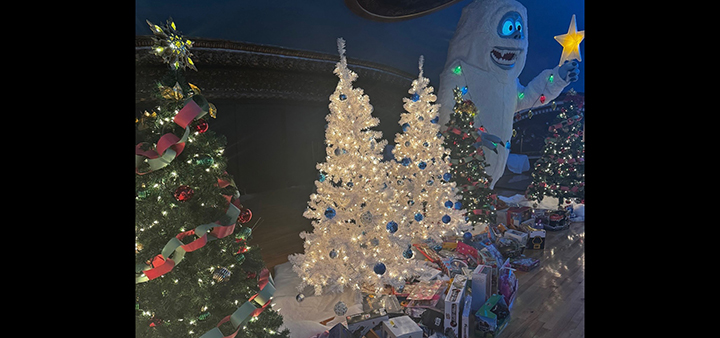
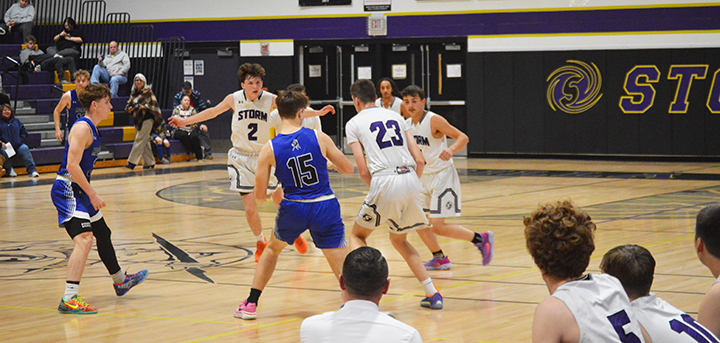
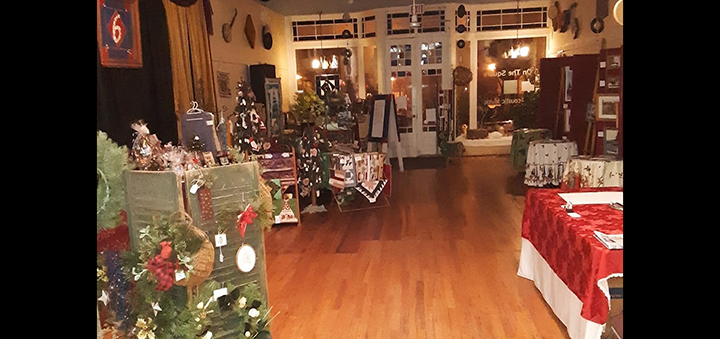
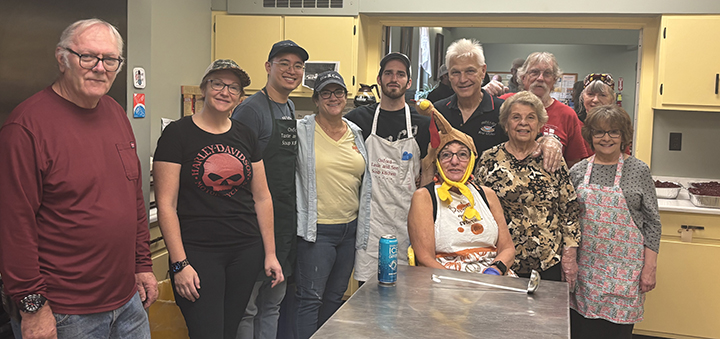

Comments